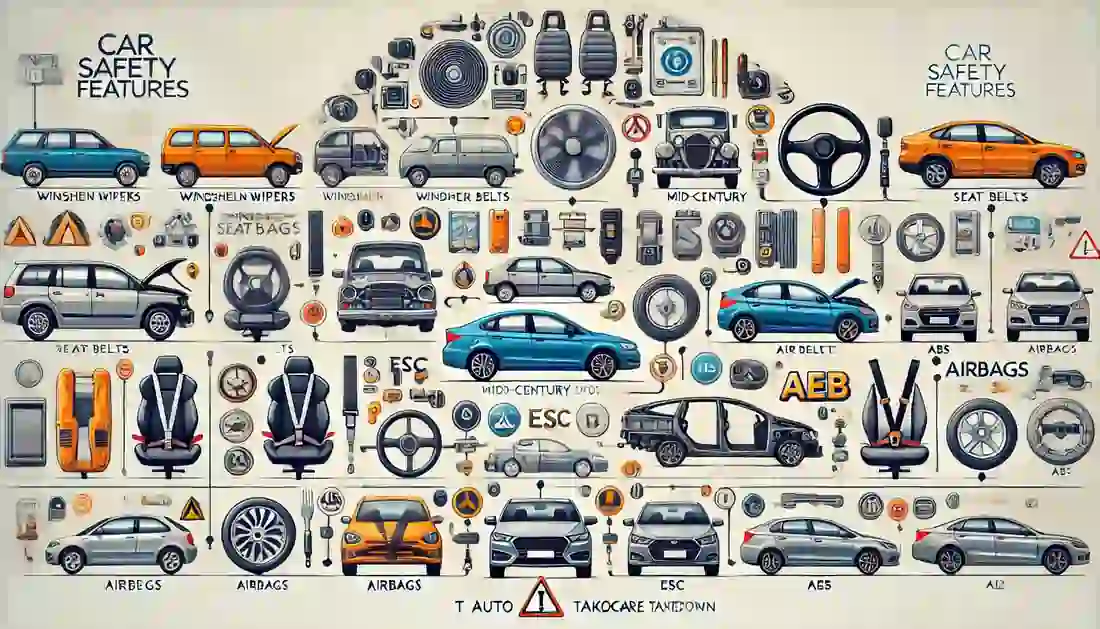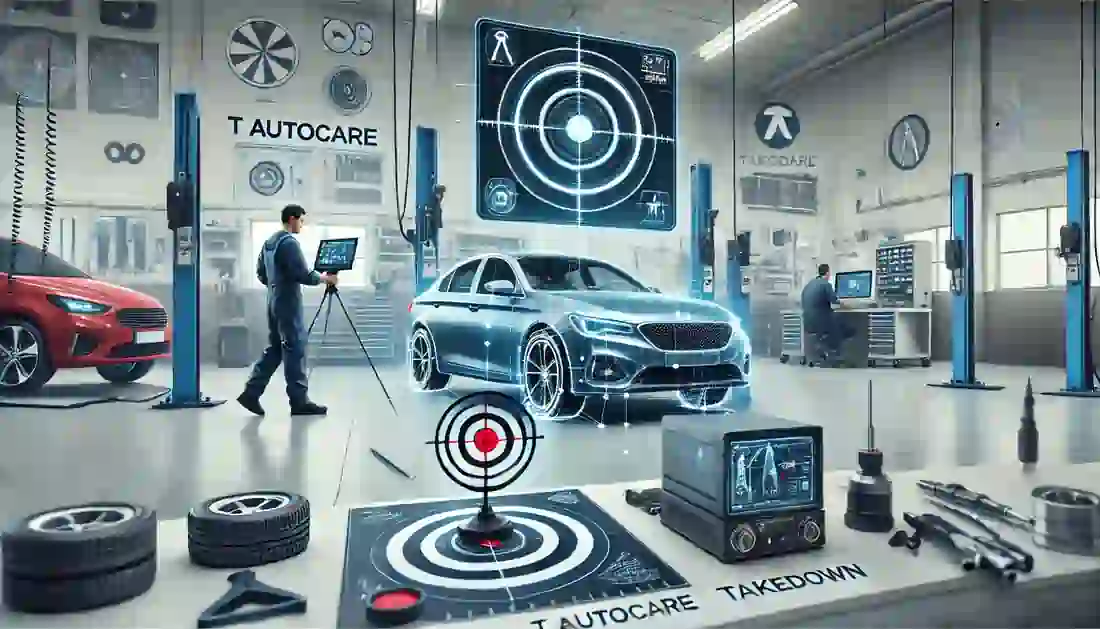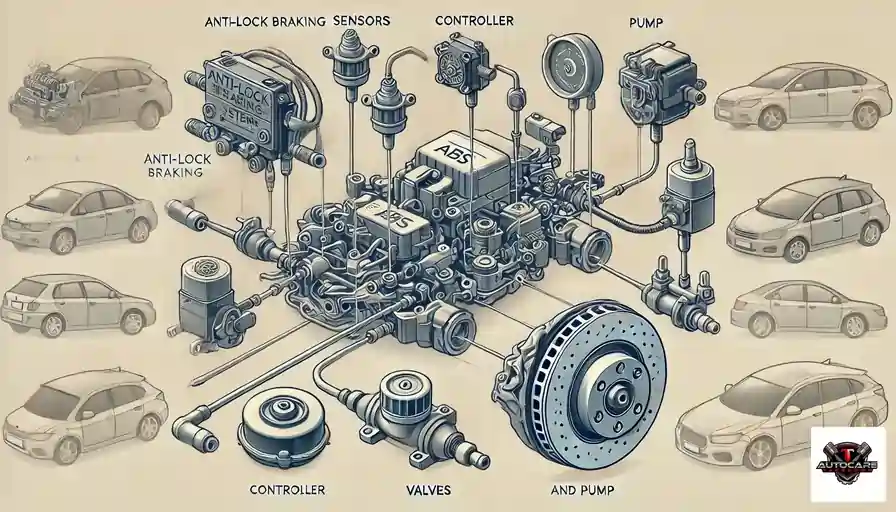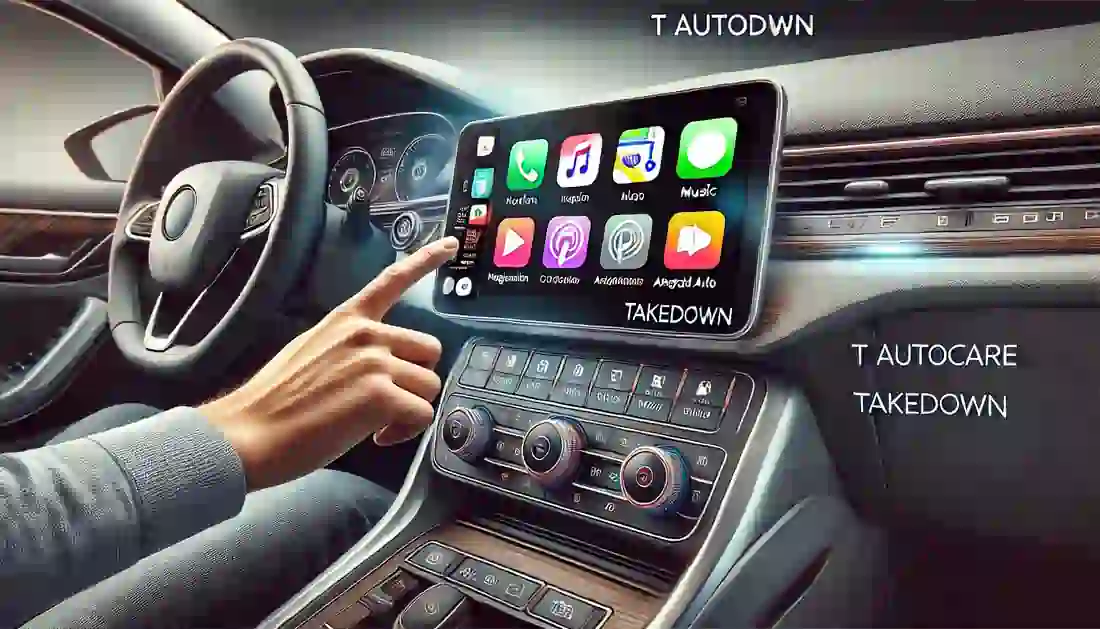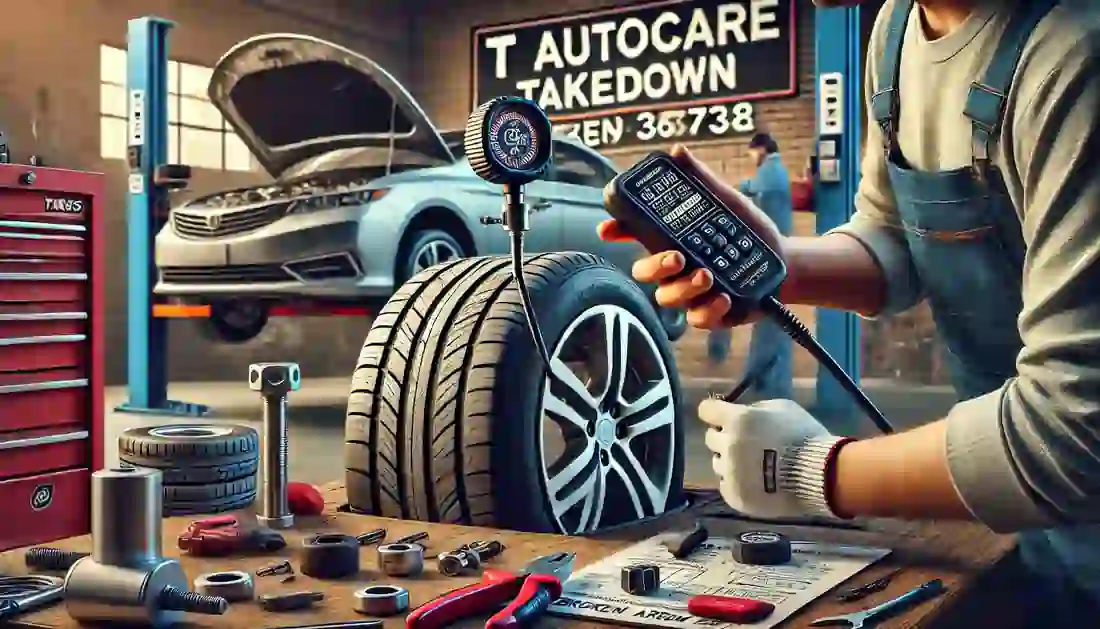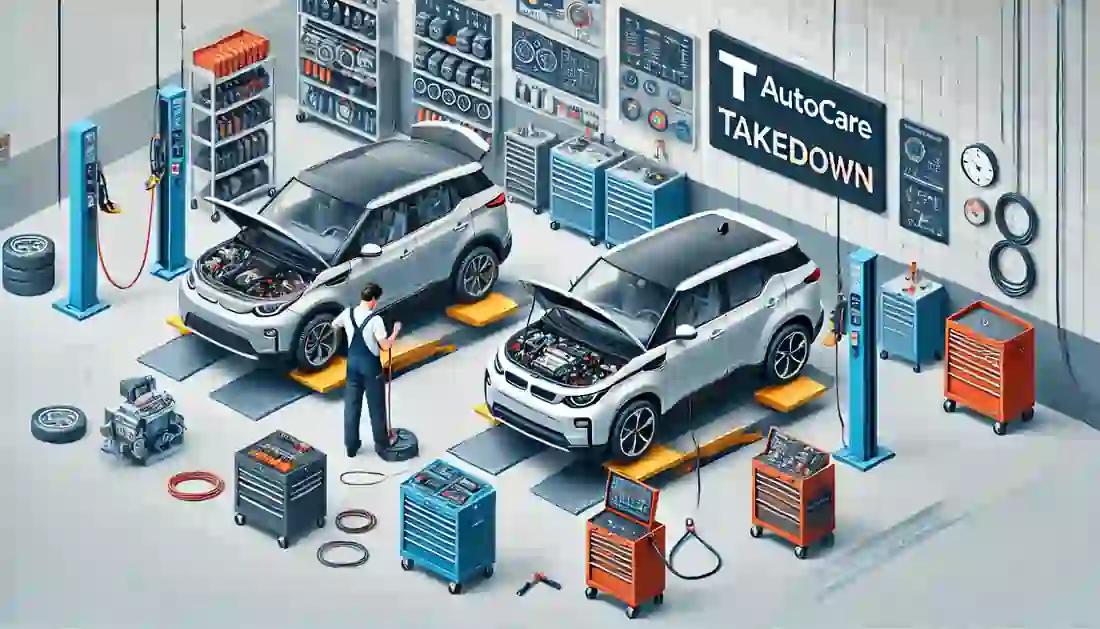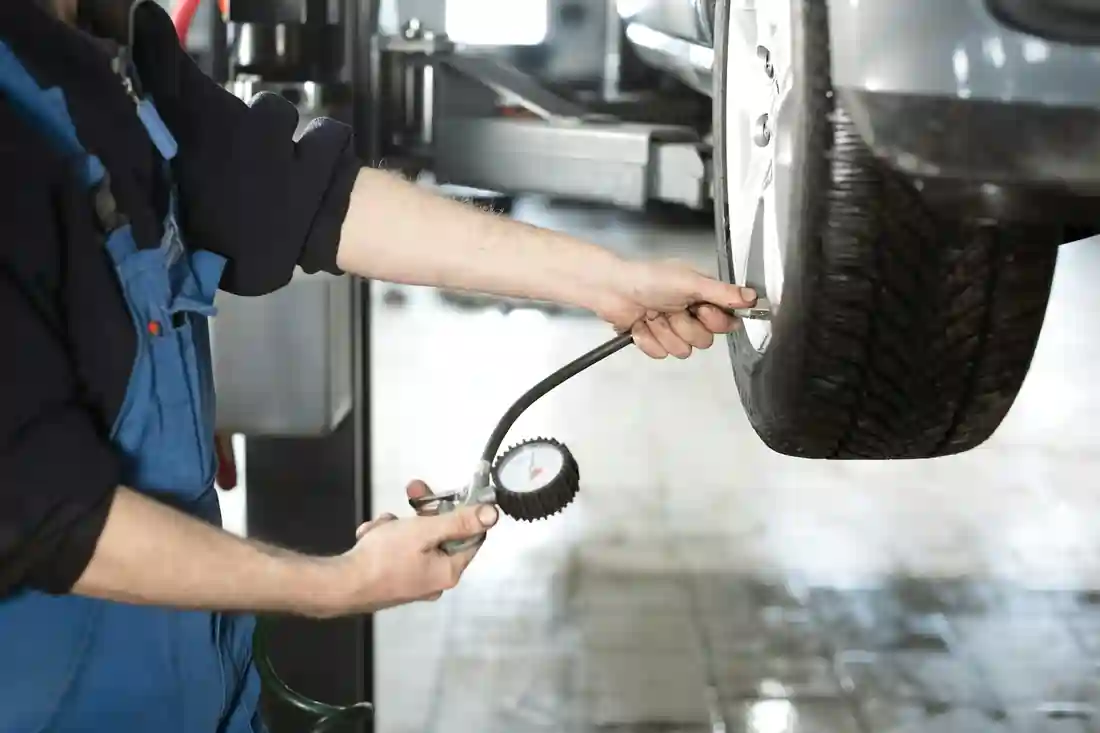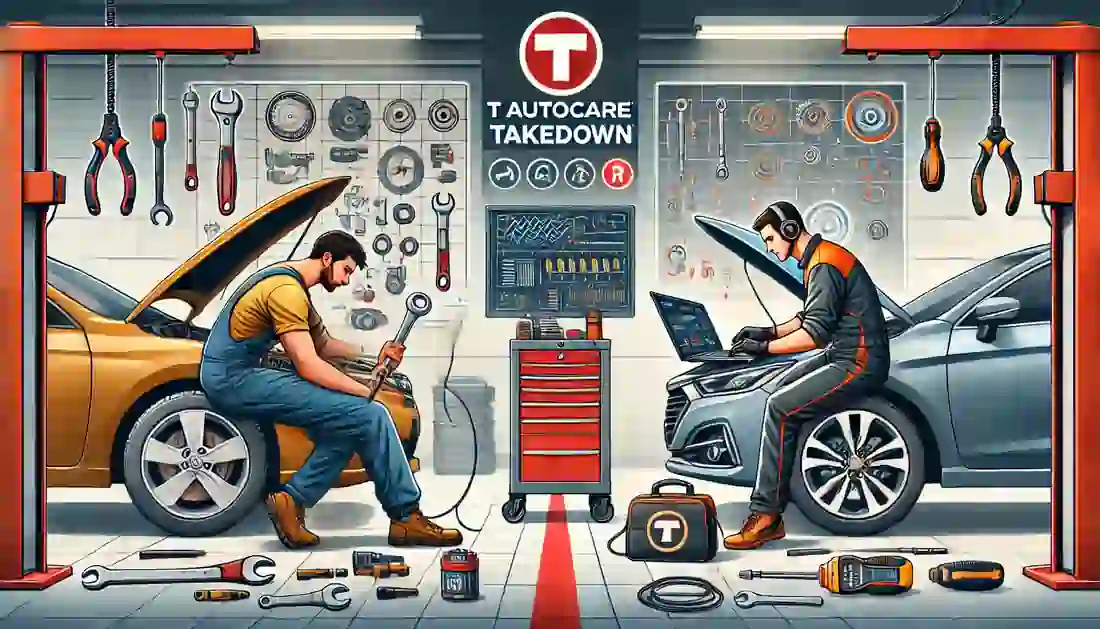Calibrating your car’s Advanced Driver-Assistance Systems (ADAS) is crucial for ensuring the proper functioning of features such as lane departure warnings, adaptive cruise control, and automatic emergency braking.
Here is a detailed guide on how to calibrate ADAS, optimized for comprehensive understanding and execution.

ADAS calibration is essential for the accurate performance of safety systems in modern vehicles. Calibration ensures that the sensors and cameras are correctly aligned and functioning as intended, providing the necessary data to maintain vehicle safety.
Maintaining your ADAS systems is an essential part of ensuring your vehicle’s safety and performance. When planning your car maintenance budget, it’s important to include the cost of ADAS calibration, as neglecting this service can lead to costly repairs down the road. Proper budgeting can help you stay on top of necessary maintenance and avoid unexpected expenses.
Understanding ADAS Calibration

ADAS calibration ensures your car’s safety systems, like lane departure warnings and adaptive cruise control, function properly.
This section explains how calibration works and why it’s critical to maintain accurate sensor data.
Learn about the importance of keeping your advanced driver-assistance systems aligned.
What is ADAS Calibration?
ADAS calibration means adjusting and testing the sensors and cameras in your car’s safety system.
These parts need to be in the right place to work well. Calibration checks that everything is lined up and working correctly.
Types of ADAS Calibration
To keep your car’s safety systems (ADAS) working well, calibration is important.
Calibration is needed when the sensors or cameras are changed. This can happen after you replace the windshield, fix the car after a crash, or get a wheel alignment.
There are two types of ADAS calibration: static and dynamic.
Static Calibration: Aligning ADAS Sensors Without Driving the Car
Static calibration happens in a workshop or garage.
It needs specific conditions like good lighting, a flat floor, and no shiny surfaces that could confuse the sensors. Technicians put targets in front of the car to line up the cameras and sensors.
The car stays still, which makes this calibration great for adjusting cameras and radar without driving.
Dynamic Calibration: Fine-Tuning ADAS Systems While Driving
Dynamic calibration is different from static calibration.
It means driving the car in specific conditions. This helps ADAS read real-world data correctly. The car must be driven at certain speeds on marked roads with other cars around.
During this process, it’s important to know what hinders visibility at night, as poor lighting can affect the sensors. This helps the system adjust to real-world conditions. It ensures the sensors and cameras react correctly to things like road signs, lane markings, and nearby cars.
Both types of calibration are vital for keeping your car’s safety features accurate. Depending on the repair or adjustment, your car might need one or both types to make sure everything works right.
Key Components That Require Calibration

Certain components, such as steering angle sensors and front-facing cameras, need precise calibration to maintain your car’s ADAS performance.
This section breaks down which parts require calibration and why it’s essential after repairs. You’ll also discover how these components keep you safe on the road.
Advanced Driver-Assistance Systems (ADAS) use key parts that must be calibrated correctly to work well. These parts help keep your car safe. After any repair or adjustment, these parts may need calibration again.
When looking at how your car performs, knowing the pros and cons of run-flat tires can affect how it handles during calibration, especially in real-world conditions.
Now, let’s look at the main parts that need calibration and why this is important.
Steering Angle Sensors: Ensuring Accurate Steering and Lane-Keeping Functions
The steering angle sensor tells the system where your steering wheel is.
It helps with safety features like lane-keeping and adaptive headlights. Calibrating this sensor is important for safety.
You may need to calibrate it after a wheel alignment, repairs, or airbag deployment. If it’s not aligned, it can give wrong readings and reduce safety.
Front-Facing Camera Sensors: Key to Adaptive Cruise Control and Emergency Braking
Front-facing cameras, usually near the rearview mirror, are a key part of your car’s ADAS.
They control features like adaptive cruise control, emergency braking, and lane departure warnings. Regular fluid checks and changes are important to keep these systems working well, as some fluids can affect the sensors and parts in ADAS.
These cameras are sensitive to movement. They need to be recalibrated after repairs like replacing the windshield, fixing the front of the car, or adjusting the suspension.
Calibration makes sure the cameras can see the road and react to dangers in real-time.
Forward Radar Sensors: Maintaining Safe Distances for Collision Prevention
Forward radar sensors are found in the front bumper or grille.
They help monitor the distance between your car and the objects ahead. These sensors are important for features like adaptive cruise control and collision warnings.
Proper tire balance improves how well your car handles and makes these sensors more reliable. The benefits of balancing tires are important for keeping ADAS working smoothly and preventing wear and tear on the system.
Forward radar sensors must be recalibrated after any work on the front bumper, like after a crash. If not recalibrated, the radar might miss objects. This could make it less effective at stopping collisions.
Rear Radar Sensors: Enhancing Blind Spot and Cross-Traffic Detection
If your car starts to skid, rear radar sensors help with safety features like blind spot detection and cross-traffic alerts.
These sensors help you avoid hazards when switching lanes or reversing.
Recalibration is needed after removing or fixing the rear bumper. This makes sure the sensors work correctly and prevent accidents.
When and Why ADAS Calibration is Needed

ADAS calibration is necessary after specific repairs or changes to your vehicle, like a windshield replacement or collision. This section explains when recalibration is required and the consequences of skipping it.
Keep your ADAS features working smoothly by understanding these key triggers for calibration.
Advanced Driver-Assistance Systems (ADAS) help your car stay safe.
After some repairs or changes, recalibrating ADAS parts is important to keep them accurate. Knowing when and why calibration is needed helps make sure your car’s systems work properly and keep you safe.
After a Windshield Replacement: Restoring Proper Camera and Sensor Alignment
When your windshield is replaced, the sensors and cameras near it need to be recalibrated.
This includes the ones for lane departure and cruise control. Even small changes can cause problems. Recalibration makes sure everything is in place and working. This keeps your car’s safety features working well.
Following a Collision Repair: Ensuring Sensor Accuracy After an Impact
Any crash, big or small, can move or damage ADAS sensors and cameras. That’s why you need calibration after major repairs.
Sensors in the bumpers, windshield cameras, or radar systems can be affected. Without calibration, these parts might not detect obstacles or other cars properly. This can make driving less safe.
After Wheel Alignment or Suspension Changes: Adjusting Steering-Related Sensors
If your car has had a wheel alignment or suspension work, you need to recalibrate the ADAS.
These services affect the steering sensor and other parts, like lane-keeping assist. Tire care is also important for ADAS to work well. Knowing how tire ratings affect performance helps keep your car safe and aligned. Misaligned sensors can cause steering issues, so calibration is needed after these adjustments.
When doing routine maintenance like wheel alignments, it’s important to check parts like the wheel bearings. Knowing how to check wheel bearings can help prevent problems that might affect steering and ADAS performance.
If ADAS Features Malfunction: Addressing Irregularities and False Warnings
If your ADAS gives false warnings, acts strangely, or shows wrong alerts, it likely needs recalibration.
Before ignoring a warning, ask yourself, is it okay to drive with the check engine light on, especially if your ADAS isn’t working right.
Sensors and cameras can move over time or after routine service, leading to errors. Recalibrating the system will bring back accurate readings and make sure your ADAS works properly. This helps keep your car safe and reliable.
Benefits of Proper ADAS Calibration

Proper ADAS calibration offers multiple benefits, including improved safety, better vehicle performance, and regulatory compliance.
This section outlines how calibration helps your vehicle’s advanced systems respond accurately to real-world conditions.
Discover how a properly calibrated ADAS can prevent accidents and ensure smoother driving.
Calibrating Advanced Driver-Assistance Systems (ADAS) has many benefits.
It helps keep your car safe and running well. Proper calibration improves your driving experience. It also makes sure your car follows industry rules.
Let’s look at the main benefits of ADAS calibration.
Safety: Preventing Accidents Through Accurate System Functionality
ADAS calibration is key for safety.
When systems like emergency braking and lane-keeping are set correctly, they can spot obstacles and other cars. This helps stop accidents.
Proper calibration also reduces the chance of problems that could lead to danger.
Performance: Enhancing the Reliability and Accuracy of ADAS
Proper calibration is important for keeping your car’s ADAS working well.
Features like adaptive cruise control and blind spot monitoring need sensors and cameras to give accurate data. When these parts are calibrated, the systems are more reliable.
Regular ABS maintenance also makes sure the brakes work with ADAS for better control. This leads to a smoother, safer driving experience.
With consistent performance, you can trust your safety features to work when you need them.
Compliance: Meeting Manufacturer Standards and Regulations
ADAS calibration makes sure your car meets safety rules and manufacturer standards.
Car makers have strict rules for how ADAS should work. Calibration is needed to meet these rules. After repairs or maintenance, this keeps your car safe. It also helps you avoid legal or insurance issues.
Steps to Calibrate ADAS
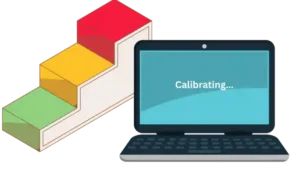
Calibrating ADAS involves both static and dynamic processes, depending on the sensors involved.
This section walks you through the step-by-step procedures for each calibration method.
Understand how technicians ensure your ADAS systems are finely tuned for optimal performance.
Static Calibration Procedure
- Set Up Calibration Targets: Position the vehicle and calibration targets according to manufacturer specifications.
- Align Sensors: Use calibration tools to align sensors accurately with the targets.
- Verify Calibration: Ensure that all sensors are correctly aligned and functioning as intended.
Dynamic Calibration Procedure
- Connect ADAS Scan Tool: Attach the scan tool to the vehicle’s ADAS system.
- Drive Under Specific Conditions: Follow the required driving conditions, such as speed and road types, to calibrate the sensors.
- Monitor and Adjust: Use real-time data to adjust and verify the calibration of the sensors.
Common Myths About ADAS Calibration

There are many misconceptions about ADAS calibration, such as the belief that these systems don’t require maintenance.
This section debunks common myths and explains why regular calibration and software updates are crucial.
Stay informed about what your ADAS really needs to function reliably.
ADAS is changing fast.
Knowing the future of autonomous vehicles helps you get ready for new safety rules and calibration needs. Some people think ADAS works on its own, but it still needs human control and calibration.
As we move toward self-driving cars, calibration will be even more important to keep systems safe and accurate.
Myth: ADAS Systems Don’t Require Maintenance
- Fact: Regular calibration and software updates are essential to maintain the accuracy and reliability of ADAS features.
Myth: Only Dealerships Can Calibrate ADAS
- Fact: Many auto repair shops, including T Autocare Takedown, are equipped to handle ADAS calibration with trained mechanics and specialized tools.
Conclusion
Proper calibration of ADAS is crucial for vehicle safety and performance. At T Autocare Takedown, we offer expert ADAS calibration services to ensure your vehicle’s safety systems function correctly.
Maintaining your vehicle’s components, such as understanding how tread depth helps a tire retain its effectiveness, will ensure that your ADAS systems function optimally.
In case of a drained battery or other electrical issues, knowing how to jump-start a car can prevent delays and ensure the calibration process continues smoothly.
Contact Us:
- Address: 1501 W Detroit St, Broken Arrow, OK 74012
- Phone: (539) 367-3738
Trust T Autocare Takedown for all your auto repair and maintenance needs, ensuring your vehicle remains safe and reliable.

